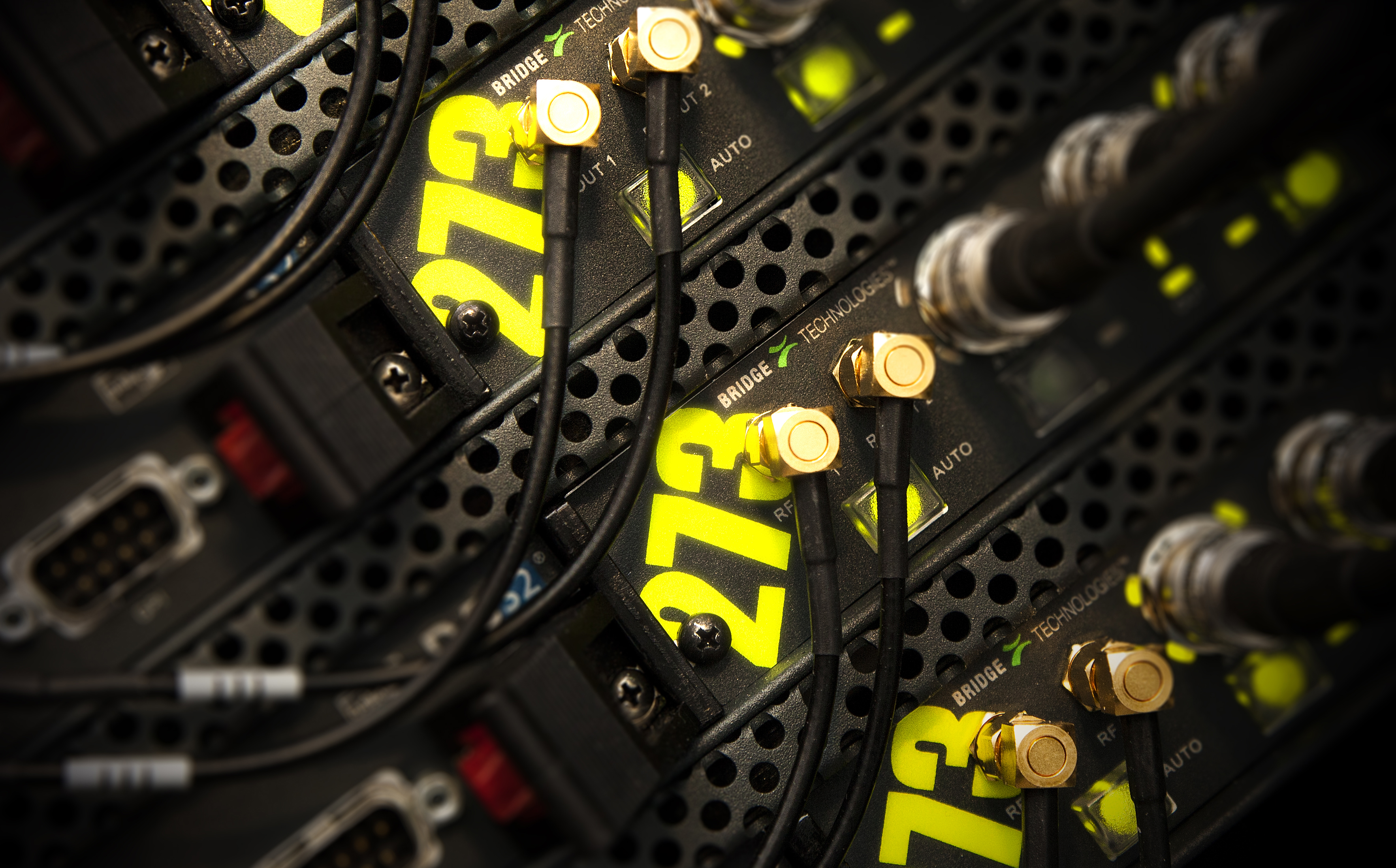
Simen K. Frostad, chairman of Bridge Technologies, outlines how a Scandinavian telco upgraded its backup infrastructure with the company’s Intelligent Redundancy Switch.
Most major networks and service providers today are investing substantially in measures to increase resilience, extend coverage, and deliver a higher service quality. Quality enhancements come in many forms, but one of the key areas in this initiative is the provision of stronger backup resources to ensure continued service in the event of a technical failure in the main production chain. Backup infrastructure can now include more than one alternative chain, using a variety of technologies to transport the signal and often mixing satellite, ASI, and IP.
With this palette of backup options to choose from, broadcasters and telecoms networks are now also searching for the most efficient and effective ways of switching between main and backup chains – possibly multiple backup chains – when problems do occur. There is an increasing demand for improvement over the previous generation of crude black box switchers and ETR alarm analysers, which have tended to provide an unsophisticated approach to a problem that needs a more subtle solution.
Backing up in Scandinavia
One of the world’s largest mobile telecommunications companies with operations in Scandinavia, Eastern Europe and Asia, has recently implemented a new backup infrastructure using one of the latest generation of switching devices designed for the new era of advanced backup solutions – the VB273 DVB-S/S2 Intelligent Redundancy Switch from Bridge Technologies.
The aim was to build a more secure redundancy solution that could be deployed decentralised. In these circumstances robustness and an in-built ability to make switching decisions accurately and without delay, were high on the telco’s list of requirements.
Providing carrier-grade redundancy switching for the new infrastructure, the VB273 incorporates an automated decision engine that uses the full range of analysis capabilities developed by Bridgetech for its digital media monitoring systems, to provide a nuanced and precise evaluation of signal integrity. A signal tap from each input is transferred to an RF interface for RF signal detection and TS transfer to the controller module running the ETR290 analysis engines. The advanced ETR290 analysis functionality evaluates a range of key criteria and feeds the data to the decision engine, which compares error condition results against user defined rules to determine the correct automated action.
The VB273 module works with a VB272 and VB120 in a redundant chassis to monitor two signals from dual production chains and switch to the backup chain if the main chain fails. To ensure a high degree of integral resilience, the system features a dual-redundant powered chassis and magnetically latched relays. Even if the power should fail, there will be signal pass-through and the VB273 card can be removed with intact cabling, without causing signal disruption.
For any eventuality
To allow for any eventuality in the event of failure and the possible need to override routine operation settings, the switch can operate in a fully autonomous mode, or with remote control from an NMS or both, or with a SuperLocal mode, which disables any remote commands. For on the spot manual operation, the front panel design’s illuminated controls show a visual signal path that helps the engineer maintain a clear understanding of operational status.

Since redundancy switching is often required in locations that are remote and difficult to access, both the autonomous capability (or semi-autonomous operation in conjunction with the NMS) and the manual override mode are important. But the key difference between this and the previous generation of redundancy switches is the quality of the autonomous decision-making, which makes the unit capable of delivering value to the broadcaster both through the greater security provided, and in the cost reductions achieved by running a more intelligent solution that can be trusted to operate with much less human intervention. This in turn has implications for the scope and design of backup operation operators can now contemplate.






